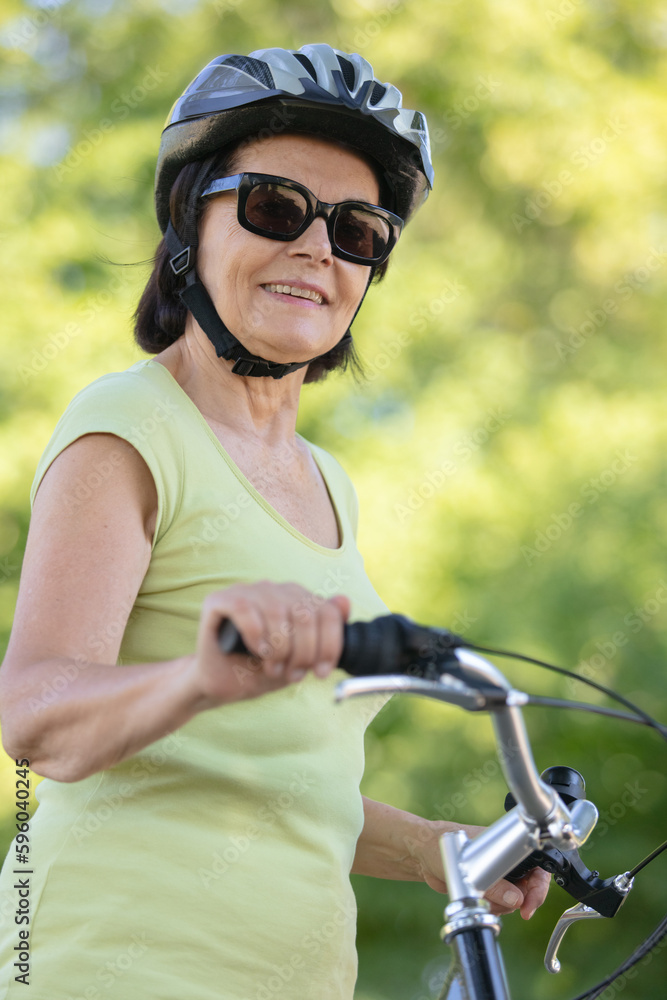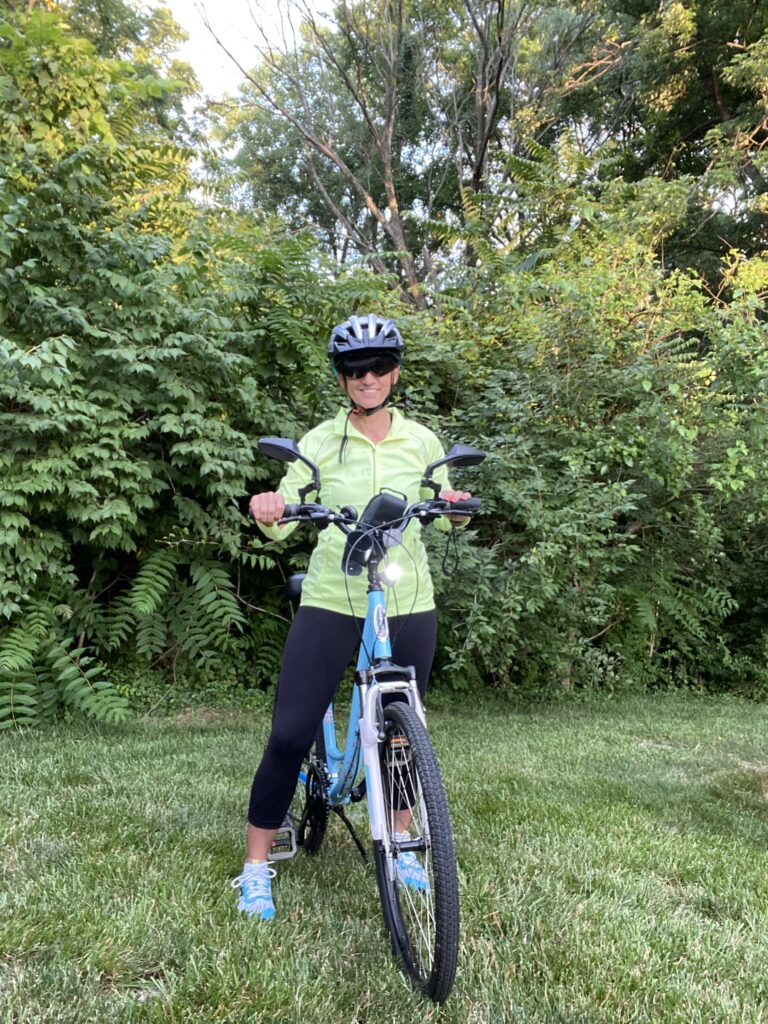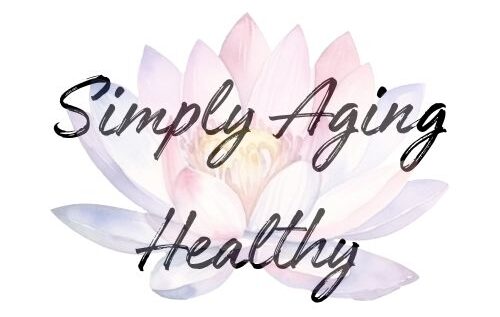Cycling And Osteoporosis: Is Cycling Good for Bone Health?
Cycling is one of the best forms of exercise, especially as we age.
It’s a low-impact aerobic exercise that’s really become popular.
This is mainly due to the mental and physical health benefits from riding as well as the freedom you feel on a bike.
Who doesn’t love a little wind therapy to clear the mind!
I found cycling when I was looking for something that would give me the benefits of running without the stress on my joints.
Cycling checked the boxes!
However, I’ve found recent research that suggests cycling alone may not be the best exercise for people who have been diagnosed with osteoporosis or are at higher risk of osteoporosis.
Osteoporosis is a condition that causes bones to become weak and brittle, increasing the risk of osteoporotic fractures.
It’s more common in older adults and affects women more than men.
But this certainly doesn’t mean you should quit cycling altogether.
I certainly don’t plan to stop riding my bike anytime soon!
Cycling can still be a beneficial exercise for most people.
However, you may need to make a few changes to your fitness routine.
It’s important to understand how cycling habits could affect our skeletal strength over time and what strategies you can do to keep your bones strong while still enjoying the ride.
So, I wanted to shed some light on the potential risks and preventive measures you can take to protect yourself against osteoporosis and injury.
Hopefully, this will help you to determine if cycling is the best exercise for you.

Health Benefits of Cycling
Cycling offers so many incredible benefits, including improved physical fitness, cardiovascular health, and muscle strength.
It’s a low-impact exercise that can help manage your weight and reduce the risk of chronic health issues such as heart disease, diabetes, and obesity.
Aside from the physical benefits, cycling can also improve your mental health by reducing stress, anxiety, and depression.
It’s also an eco-friendly mode of transportation that can reduce air pollution and traffic congestion.
Bicycling is also the best way to have some outdoor fun.
I really love exploring areas that I would never find in my car!
What is Osteoporosis?
Bone is a living tissue that is constantly being broken down and rebuilt.
Osteoporosis occurs when the creation of new bone doesn’t keep up with the loss of old bone.
This causes lower levels of bone mass which makes the bones become weak and brittle, making them more of a target for fractures.
It’s a common condition that affects millions of older people worldwide.
According to the Mayo Clinic, osteoporosis-related fractures most commonly occur in the hip, wrist, or lumbar spine.
Risk Factors for Osteoporosis
There are several risk factors for developing osteoporosis, including:
- Age: The older you are, the greater your risk of developing osteoporosis.
- Gender: Women are more likely to develop osteoporosis than men, especially after menopause when estrogen levels decrease.
- Family history: If someone in your family has osteoporosis, you may also be more likely to develop it.
- Low body weight or small frame: People with smaller frames or lower body weight are at a higher risk of developing osteoporosis.
- Smoking: Smoking can affect bone health and increase the risk of osteoporosis.
- Alcohol consumption: Drinking too much alcohol can also affect bone health and increase the risk of osteoporosis.
- Lack of exercise: A sedentary lifestyle can increase the risk of osteoporosis.
While there is no cure for osteoporosis, there are several ways to manage the condition and reduce the risk of fractures.
Exercise is one of the best ways to improve bone health and reduce the risk of falls and fractures.
How Does Cycling Affect Bone Health?
Cycling is a great exercise that comes with a lot of health benefits.
That being said, cycling may not be your best choice when it comes to bone health.
One of the main reasons why cycling isn’t good for bone health is because it’s a non-weight-bearing exercise.
Some recent studies have actually found that long-term cycling may increase the risk of osteopenia, a precursor to osteoporosis.
This is because cycling doesn’t put as much stress on the bones as weight-bearing exercises do.
Weight-bearing activities, like walking, hiking, climbing stairs, playing pickleball, yoga, and dancing, have been shown to help strengthen bones.
Resistance exercises, such as weightlifting and resistance band training, are also a great way to strengthen bones.
Cycling does not provide the same weight-bearing benefits as these activities.
While cycling can be very friendly to people with joint pain or injuries, it may not be enough to stimulate bone growth and prevent bone loss.
Therefore, if you’re concerned with your bone health, you may want to include doing weight-bearing activities on the days you aren’t riding your bike.
I personally enjoy weightlifting, yoga, and cycling.
So, I alternate my cycling days with weightlifting and try to do yoga throughout the week when I can squeeze it in.
Adding other exercises to your fitness routine can also prevent boredom because you won’t be doing the same thing every day.
Benefits of Cycling and Osteoporosis
Cycling is still an excellent exercise because it is easy on the joints, making it a great choice for everyone regardless of your fitness level.
Here are some of the benefits of cycling with osteoporosis:
- Strengthens muscles: Cycling is a great way to strengthen the muscles in your legs, which can help to support your bones and prevent fractures. It can also help to improve your balance and coordination, reducing your risk of falls and fractures.
- Increases Bone Density: While some studies show cycling is not good for bone health, some studies have shown that it is. One recent study found that postmenopausal women who cycled regularly had higher bone density in their lumbar spine and hip than women who didn’t exercise. Another study found that male cyclists had higher bone density in their lower spine and hip compared to sedentary men.
- Boosts cardiovascular health: Cycling is a great way to improve cardiovascular health, which is important for overall health. It can help to lower your blood pressure, reduce your risk of heart disease, and improve your mood and mental health.
Cycling may not be the best way to prevent osteoporosis, but it can be a great addition to any well-rounded exercise routine.

Weight-bearing Exercise and Cycling
I suggest including both weight-bearing and muscle-strengthening exercises to maintain bone density.
My routine includes:
- Weight-Bearing Exercises: Activities like walking or hiking are great weight-bearing activities that anyone can do. I get at least 30 minutes a day of one of these.
- Muscle-Strengthening Exercises: I include resistance training in my exercise program at least three times a week.
Nutrition for Bone Strength
You need to pay attention to your diet to support bone health.
Some key things are:
Calcium intake of 1,000 – 1200 mg – try to include foods high in calcium such as milk, yogurt, leafy greens to your diet.
Vitamin D 600-800 IU – includes foods high in Vitamin D in your diet. Some options are fatty fish and eggs. Sunlight is also a great source of vitamin D.
Protein 0.8-1 gram per pound of body weight – Foods high in protein include lean meats, beans and nuts.
Focus on getting enough calcium, vitamin D and protein, which are very important for bone strength.
Precautions for Cyclists with Osteoporosis
If you are a cyclist with osteoporosis, you can take a few precautions to decrease your risk for fractures and maintain bone health.
- Avoid high-impact exercises like jumping, running, plyometrics, or jogging, which can lead to fractures in anyone with low bone density.
- Avoid jerky, rapid movements in general. Choose exercises with slow, controlled movements, like swimming or yoga.
- Avoid physical activity that requires you to twist at the waist, this can strain your lower back and increase the risk of injury and possible fracture.
- Add weight-bearing activities like yoga, hiking, or strength training to your exercise routine to increase bone mineral density.
- Develop a safe and effective exercise plan that is designed for your needs and limitations.
- Always wear a helmet and other protective gear to protect you if you fall.
- Make sure your bike fits your body correctly to prevent injury.
- Serious cyclists who have been riding for ten years or more or are over 40 and concerned about osteoporosis may want to consider having a bone density scan.
If you are new to cycling, start slowly and gradually increase your intensity and duration over time.
Conclusion
Osteoporosis is a medical condition that weakens bones, making them less dense and more prone to breaks or fractures.
Cycling may be beneficial for cardiovascular health and overall fitness, but it may not be the most effective form of exercise for preventing osteoporosis.
Research suggests that weight-bearing and resistance exercises are more effective in maintaining and improving bone density.
So, while cycling can be one of the best ways to continue an active lifestyle, it’s important to combine it with a weight-bearing sport like walking, running, or strength training to help promote bone health and reduce the risk of osteoporosis.
We need to keep ourselves fit and healthy in the long run, so that means mixing up our activities and taking regular rest days!
Just because we’re getting older doesn’t mean we can’t still get out and have some fun!
So grab your bike and enjoy the ride!

The problem with cycling is also that it is not a fit all story.
If you commute 10 km at a 15km/h speed 3 times a week…
Or you do 100 km every single day around 30+km/h…
If you only drive on flat grounds or tackle the mountains…
That is the problem with cycling, the commute of 10 km does not train your bones while only driving twice as fast does train your bones, the longer distances do exactly the same.
Going uphill is just like climbing stairs, maybe even more pressure on the bones than.
Cycling even trains your abs, even on flat grounds but therefor you first gotta have abs.
And this is why I hate studies because we have no idea who did them so they invalid.